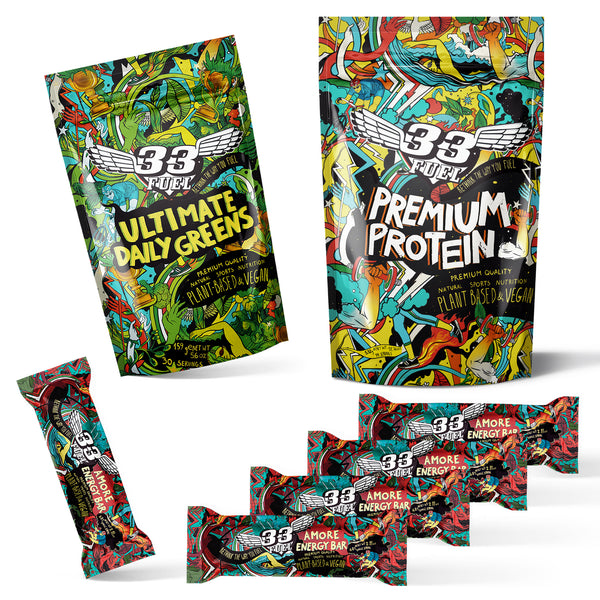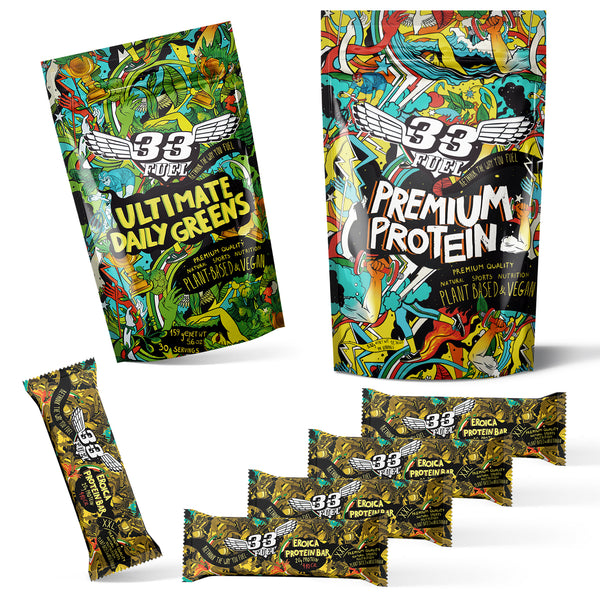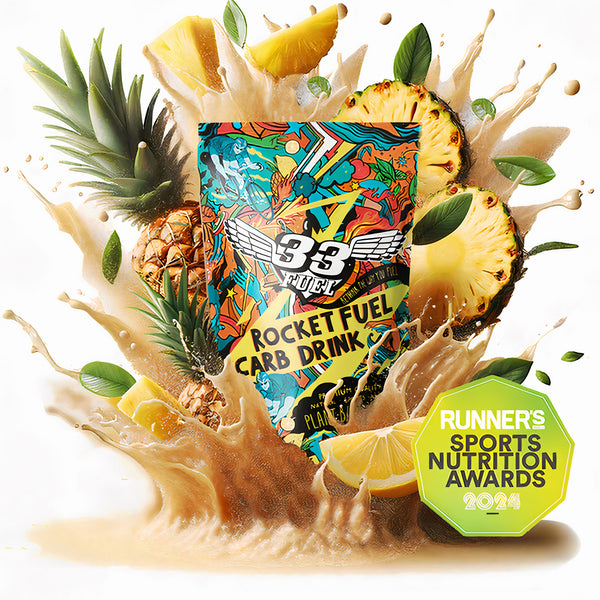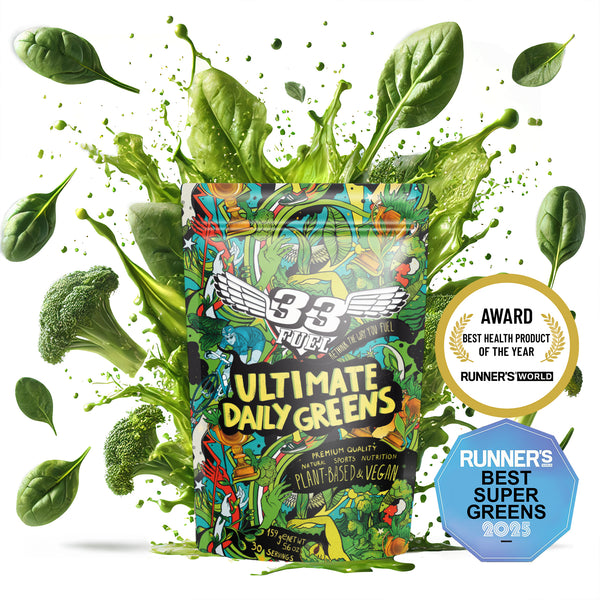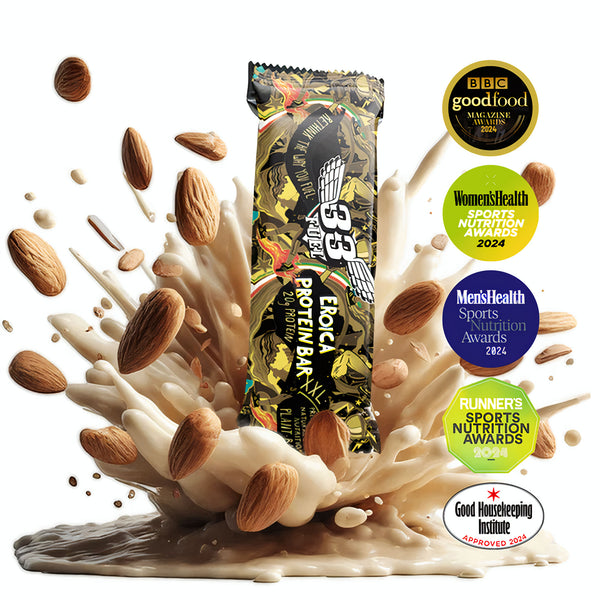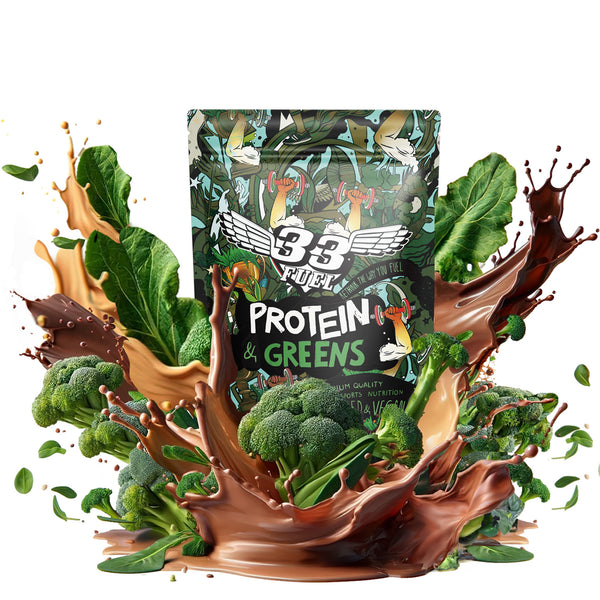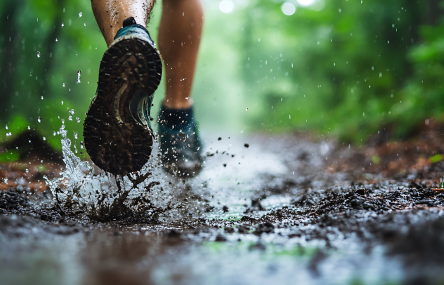Energy gels for triathlon guide
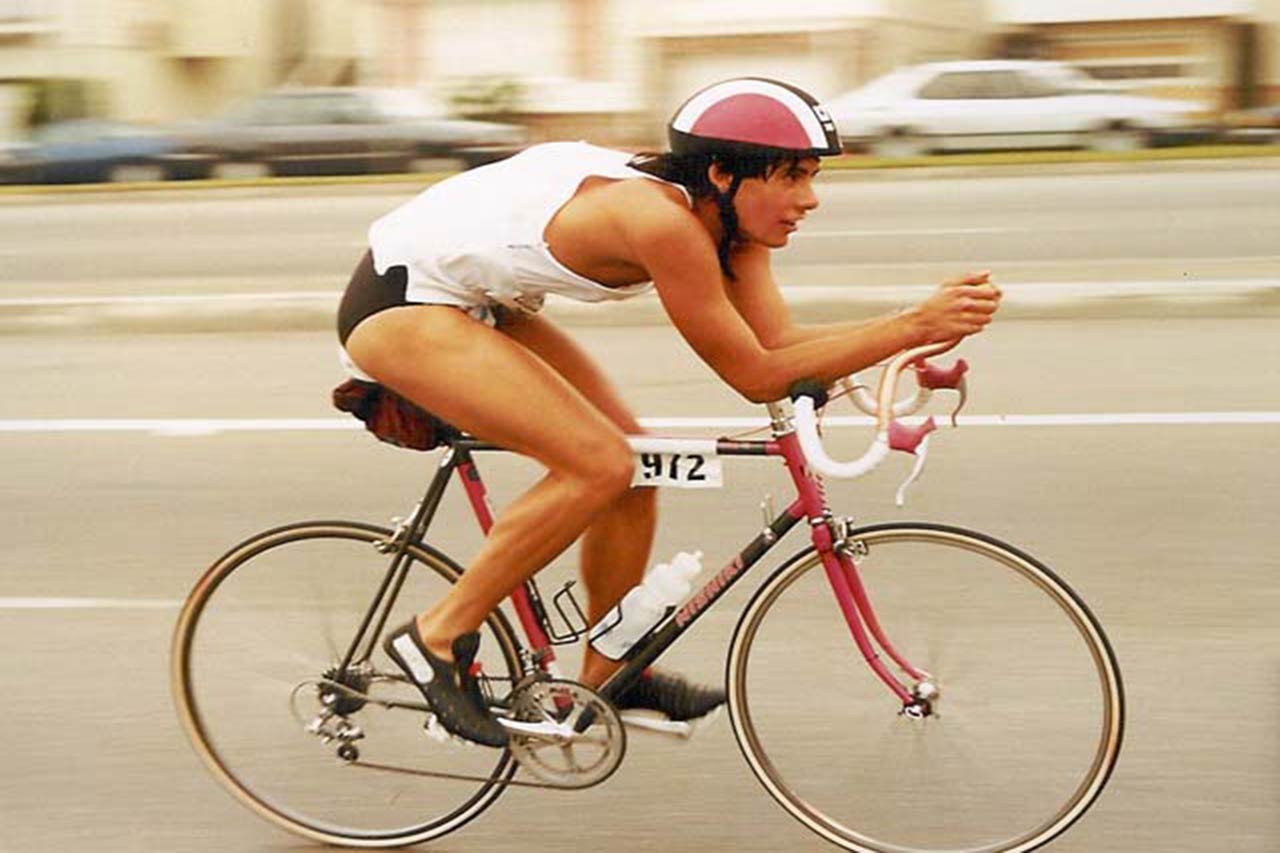
When you need to swim, bike and run to the finish line as fast as possible, you need energy. So there’s nothing better - or simpler - than a few energy gels for triathlon. Or so you’ve been told…
From the time energy gels first came on to the scene three decades ago, they were marketed as an efficient way to get fast-acting sugars into your bloodstream.
Before that triathletes stuck to bananas, dates and whatever else they could shove in their pockets that wouldn’t make too much of a gooey mess.

Non-messy energy snacks are tricky. Real food like nuts and dates make a handy solution
But then along came a heavily-processed, cleverly-packaged alternative, promising optimal race performance - and the market for energy gels for triathlon spiked faster than your blood sugars.
Now you won’t turn up at a race without seeing at least one competitor with a utility belt full of his or her chosen brand of energy gel, or with a line of gels taped to the top tube of their race bike.
But is this really necessary to improve performance?
At 33Fuel, we sell energy gels, so you’d think the answer would be a resounding ‘hell yes!’.
But it’s not quite that simple. In fact, our answer more often than not, is ‘probably not’.
For starters, if you’ve fueled properly before a race, your body already has plenty of energy to use - around two hours’ worth of carbohydrate stores and an almost limitless supply of fat.
For shorter distance triathlons, you won’t need much topping up if any, and remember, it’s ok to finish the race with the tank’s needle closer to empty than full.

You’ll be surprised how far your reserves will get you before you need to add any fuel
If you’re racing long - particularly half or full iron-distance races (or even further) - then you are absolutely going to need to refuel mid-race and energy gels might now come into the mix of your race-day nutrition.
Here though, you have choices, so don’t sell yourself short.
First, look at the simplest real food options - bananas, nuts, exactly the sort of thing old school pros used to such great effect. They were lightning fast for a reason, even if their outfits did make them look like escapees from a roller disco.
Energy gels come next.
Here you’ll find most brands contain some form of maltodextrin which is not a great ingredient and is most commonly found in everything from junk food to baby wipes, as well as sodium benzoate - a known carcinogen - among other things.
Aside from questionable nutritional value and the dubious benefits of chewing on baby wipe ingredients, there are other negatives to consider before opting for this approach, such as:
- Spike in blood sugars. You might have a temporary energy - and mood - lift, but then a crashing low
- GI issues including cramping, nausea, bloating, and constant trips to the loo
- Your stomach contracts during exercise and doesn’t want to process much - you need to be as kind to it as possible for best results. Processed foods are not always ideal here as they increase digestive stress
- Teeth and gum issues. This might be a minor concern when racing, but think how long the sticky, acidic mixture will be in your mouth - we don’t all race with a toothbrush in the back pocket of our trisuit
At 33Fuel we thought athletes deserve much better, so we created an all-natural gel to provide energy quickly, without the GI distress of more heavily marketed brands.
Our 33Fuel Chia Energy Gels consist of a blend of carbs, proteins, good fats and antioxidants with all-natural and low-GI sugars for stable energy without the energy-sapping spikes of traditional gel.
They’re so good four time Ironman World Champion Chrissie Wellington joined us because she loves 33Fuel's products and mission so much.
Because it’s real food, the ingredients we use actually cost money. This might seem an obvious statement, but consider that energy gels from well known brands can retail at over £2 per gel yet the ingredients cost less than 1p, and it should set nutritional alarm bells ringing.

Race longer with cleaner ingredients using 33Fuel Chia Energy Gels
When considering energy gels for triathlon, it’s also worth taking stock of whether we’re racing for health, fitness and performance, or just the latter.
If health and fitness have any role to play, there’s a worrying irony of supplementing throughout the race with so much poor quality sugar.
As six-time Ironman champion Mark Allen says: “Sugar is something left for social events, birthdays, and that holiday season in late December”.
How often should you take energy gels?
Many gel producers recommend every 20 minutes or so, but these are the same brands suggesting you also take on pre-race and post-races formulas too.
It’s not a minimalist approach and while professional triathletes may push similar messaging in terms of excessive consumption, remember those two little words ‘sponsor obligations’ when deciding how valid this advice is and whether you should go down the same route.
It’s probably more advisable to let your body be your guide - drink when thirsty, snack when hungry.
On that subject, here’s our formula for perfect in-race fueling for any event, any athlete, over any distance - it’s much simpler than it sounds.
Energy gels for triathlon, conclusion
Yes, energy gels can have a role to play in longer races, but you probably need fewer than you think and whatever you do please don’t abuse your body by taking on junk.
You’re worth more than that.
More performance-boosting content
From the 33Fuel Podcast
From the 33Fuel Vlog
Related content
The best sports nutrition for triathletes
How often should I take an energy gel?
Should you eat before a workout?
Chrissie Wellington on Ironman nutrition
Carbohydrate for endurance athletes




